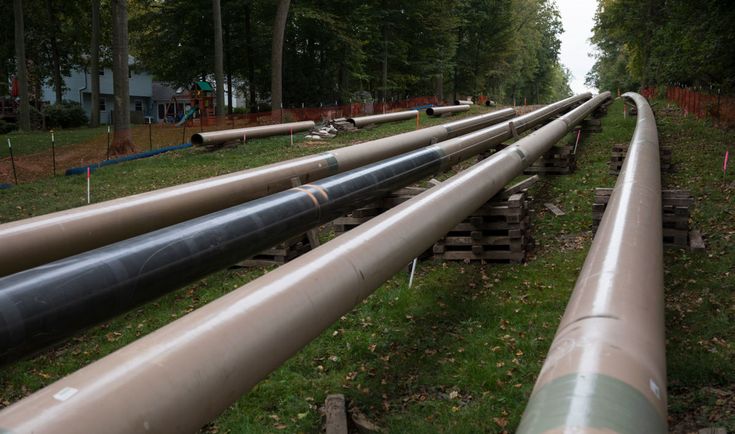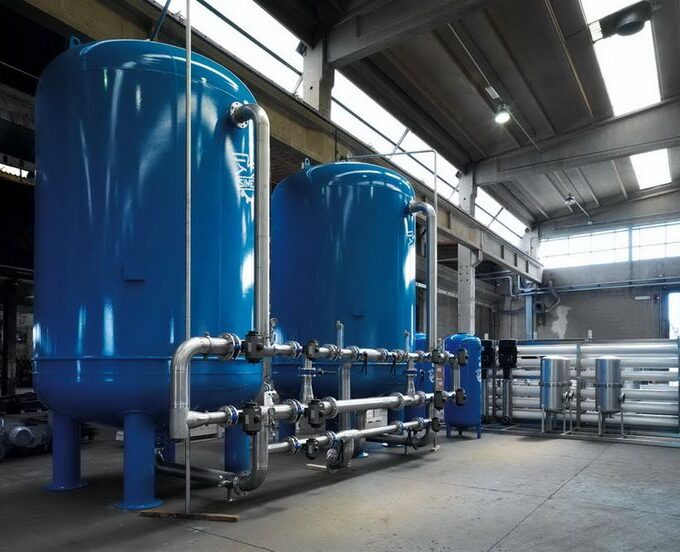The energy industry relies on pipelines which conduct oil and gas movement through extensive distance networks. The subterranean structure serves as an important power source for residential needs and vehicular operations as well as industrial operations. Society consistently overlooks the important role of pipelines until some kind of operational failure occurs. One pipeline leak will end up damaging supply networks and environmental systems while posing risks to secure energy distribution.
The continuing growth of global energy requirements requires people to realize the importance of pipeline maintenance systems. The stability of our future energy demands and community power generation depends on maintaining adequate pipeline flow. Understanding why sunstate pipeline maintenance has become essential for sustaining steady operations in our energy systems becomes crucial because of the numerous vital aspects at risk.
The potential risks of pipeline failures
Breakage of pipeline infrastructure brings about severe debilitating outcomes. The breaking of a pipeline system results in dangerous materials spreading throughout the environment. When pipelines fail they create severe environmental damage that results in critical health problems for people living near the area.
Financial impacts due to pipeline failure remain substantial within the context of this situation. Fuel outages and price surges affect customers when supply chain interruptions occur in the oil and gas industry. Following incidents companies must deal with sizable penalties as well as massive expenses for cleanup operations.
The problems caused by leakages or explosions lead to extensive damage of infrastructure that generates further expenses for local economies. The resources needed for emergency responses would provide better returns if applied elsewhere.
Non-renewed maintenance on aging pipelines results in a growing threat of severe incidents. Natural disasters together with corrosion and wear diminish pipeline safety because of increased risks.
Industry-wide management of pipelines needs proactive methods due to the dangerous conditions identified within this sector.
The role of pipeline maintenance in preventing failures
Energy infrastructure protection heavily depends on proper maintenance of pipelines. Routine inspections combined with maintenance activities allow teams to detect problems when they are still at an early stage before turning into severe structural breakdowns.
Callback inspections of corrosion and leakage and structural breakdowns prevent firms from bearing substantial repair expenses and environmental emergencies. Operational assets achieve enhanced protection through ongoing maintenance which in turn guarantees neighborhood safety.
Modern technological tools facilitate the rationalization of maintenance operations. The use of devices named smart pigs enables remote pipe data collection which supports seamless pipeline monitoring throughout operation seasons.
Comprehensive training of personnel needs to occur regularly. Qualified personnel can recognize abnormal exam results so they can initiate prompt remedial measures that prevent pipeline disasters.
A proactive maintenance approach indicates strong company dedication to reliability and responsibility in the energy industry. The implementation of these procedures leads to mutual trust development between customers and stakeholders alike.
Different methods of pipeline maintenance
Safety and efficiency can be maintained through different methods during pipeline maintenance procedures. Advanced drones and smart pigs form a common inspection strategy for regular system checks. The tools operate during normal operations helping to identify pipeline problems such as leaks and corrosion along with structural weaknesses.
These operations use structured periodic upkeep as one of their successful approaches. The removal of debris and buildup through this method ensures optimal performance of pipeline systems.
Proactive repairs are also critical. Fast responses to initial small problems stop them from developing into major issues for later. Trained technicians execute pipeline repairs to maintain standard operations during the process.
The installation of a rigorous monitoring system generates up-to-the-minute updates regarding pipeline conditions. Operating personnel can use this data to determine what maintenance tasks will be required.
Best practice-based training for staff allows sunstate pipelines to support energy security throughout its regions through the development of holistic pipeline care that increases both safety and preparedness.
Case studies Examples of successful pipeline maintenance programs
Sunstate Pipelines achieves pipeline maintenance success through the execution of their operational framework. Proactive decision-making by the company enabled successful outcomes of lowered incidents together with uninterrupted energy resource movements.
A brand-new tracking system based on advanced sensors enables continual pressure monitoring. This detection technology provides instant leak and weakness identification leading to lower breakdown-related expenses.
A utility company in the eastern part of the United States achieved safety excellence by conducting aerial routine surveys as part of their thorough pipeline inspection operations. The combination of aerial and ground inspections provided simultaneous safety improvements with enhanced efficiency because pipeline issues were easily located along large lengths of the network.
Maintenance strategies demonstrated through these examples show their ability to create safer operations while improving reliability of energy supply chains thus proving such investments yield multiple benefits.
The cost-benefit analysis of investing in pipeline maintenance
The advantages stemming from investing in pipeline maintenance clearly surpass any upfront money spent during evaluation of cost-benefit analysis. Routine pipeline inspections alongside prompt repair work provides dual protection to environmental integrity and lowers the potential risks of leakage or system breakdowns.
When major pipelines experience failures they cause multiple severe problems ranging from environmental damage down to regulatory fines and substantial loss of public trust. Incidents that occur result in expense growth that is difficult to contain. The active maintenance systems installed by Sunstate Pipelines actively minimize operational hazards for the company.
Drone surveillance combined with smart sensors enables operators to identify system problems ahead of time. Such efficient maintenance helps reduce operational interruptions allowing uninterrupted energy flow. The implementation of efficient maintenance techniques allows organizations to improve operational performance alongside their pipeline service duration.
The financial implications are profound. Setting up a complete maintenance strategy requires initial financial spending but organizations achieve financial benefits from lowered incident expenses and improved system reliability during long-term operation.
To ensure future energy safety operators must invest in pipeline maintenance beyond meeting legal requirements because it represents a vital strategy for protecting energy security.












